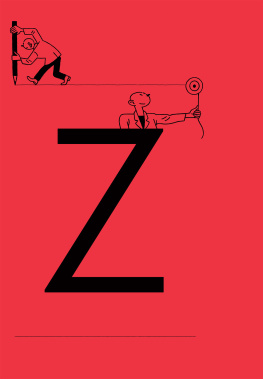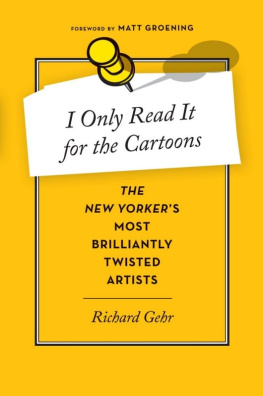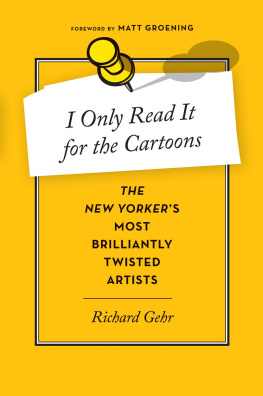
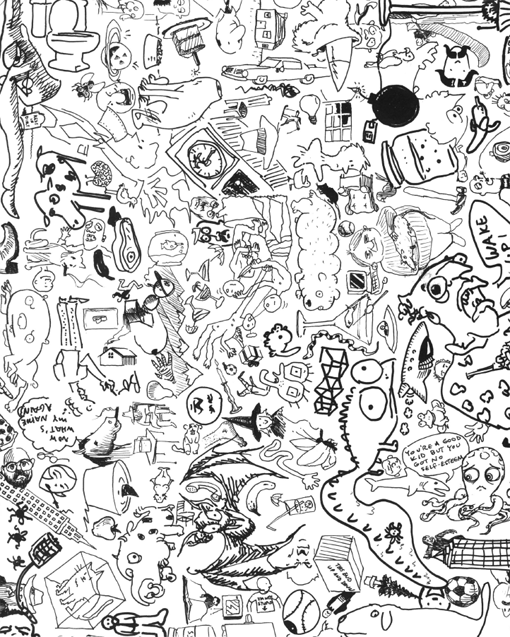
THE REJECTION COLLECTION

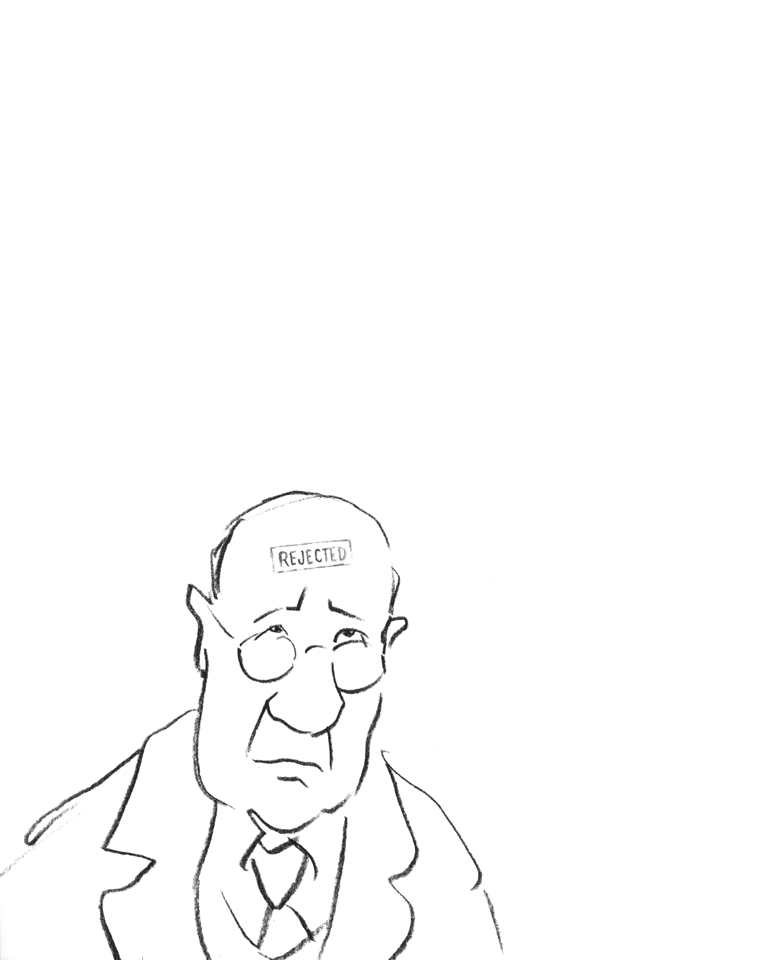
THE REJECTION COLLECTION
Cartoons You Never Saw, and Never Will See, in The New Yorker
EDITED BY MATTHEW DIFFEE
FOREWORD BY ROBERT MANKOFF

SIMON SPOTLIGHT ENTERTAINMENT
New York London Toronto Sydney
This book comes straight from the cartoonists themselves and is not authorized or sponsored by The New Yorker. So what were saying is, none of what youre about to see is their fault.

SIMON SPOTLIGHT ENTERTAINMENT
An imprint of Simon & Schuster
1230 Avenue of the Americas, New York, New York 10020
www.SimonandSchuster.com
Copyright 2006 by Matthew Diffee
All rights reserved, including the right of reproduction in whole or in part in any form.
SIMON SPOTLIGHT ENTERTAINMENT and related logo are trademarks of Simon & Schuster, Inc.
Designed by Michael Nagin
Manufactured in the United States of America
First Edition 10 9 8 7 6 5 4 3 2 1
Library of Congress Cataloging-in-Publication Data
The rejection collection : cartoons you never saw, and never will see, in The New Yorker / edited by Matthew Diffee ; foreword by Robert Mankoff.
p. cm.
ISBN-13: 978-1-4169-3339-7
ISBN-10: 1-4169-3339-5
eISBN-13: 978-1-416-93871-2
[1. American wit and humor, Pictorial. 2. New Yorker (New York, N.Y. : 1925)]
I. Diffee, Matthew. II. New Yorker (New York, N.Y. : 1925)
NC1428.N47 2006a
741.56973dc22
2006019877
Pages 263 and 264 constitute an extension of this copyright page.
CONTENTS
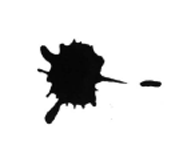
FOREWORD
BY ROBERT MANKOFF
If memoryor, more accurately, Googleserves me correctly, it was Keats who proclaimed: Beauty is truth, truth beauty,that is all / Ye know on earth, and all ye need to know. Well, let me tell ye, Keats was dead wrong. Certainly, hes dead; we can agree on that. But my main point is that if you want to know what makes something funny, its not beauty. Look, the Mona Lisa is beautiful, but until Marcel Duchamp put a mustache and goatee on her, she was no fun at all. Funny isnt about beautyits about freedom. Sometimes that freedom leads to disrespect, ridicule, and outright offensiveness. To see the truth of that, you dont have to look any further than this collection of cartoons that happily exploit all that is vile for the sake of a smile.
Furthermore, if youre like me, many of the offensive, obscene, disgusting cartoons here will actually make you laugh out loudand, in some cases, cause incontinence, nausea, and fainting. So before looking at these cartoons, ask your doctor if incontinence, nausea, and fainting are right for you.
This collection is yet more proof that bad taste and humor are not strange bedfellows but intimate partners whose down-and-dirty doings often delight us against our better judgment, our scruples, and our politically respectable attitudes.
But whereas cartoonists (at least the ones Ive known, including myself) are not known for their better judgment, their scruples, and their respectability, The New Yorker is. And since Ive been the cartoon editor of the magazine for the past ten years, a patina of The New Yorkers respectability has unavoidably rubbed off on me. Its just a veneer, of course, but after a decade its quite thick and, according to my dermatologist, very difficult to remove. Besides, the procedure isnt covered by my health plan.
But thick veneer notwithstanding, if it were really up to just me, some of these cartoons would probably have made it into The New Yorker, offending not only the little old lady in Dubuque but perhaps even the cross-dressing CEO in Manhattan. But none of these cartoons did, in fact, make it into The New Yorker. Thats because others at the magazine have better judgment, more scruples, and greater respectability than I do. How these cartoons got into the hands of the editor of this collection, Matthew Diffee, cartoonist and former friend, I dont know, and he wont tell, even under the threat of extraordinary rendition. So theres nothing to be done but enjoy them and be damned.
INTRODUCTION
BY MATTHEW DIFFEE
Let me tell you how lucky I am. Seven years ago Im living in Boston, and I hear about this cartoon contest put together by The New Yorker and the Algonquin Hotel. Youre supposed to come up with a cartoon that has something to do with hotel life. I draw one. My first cartoon ever. I send it in. I win. I meet Bob Mankoff, the magazines cartoon editor, and he says I should start submitting cartoons regularly. I do. I sell one. And eventually, another. Now I have a cartoon in The New Yorker almost every week. I couldnt be happier, except for the small nagging fact that I also have, every week, nine cartoons that dont appear in the magazine. Every silver lining has a cloud.
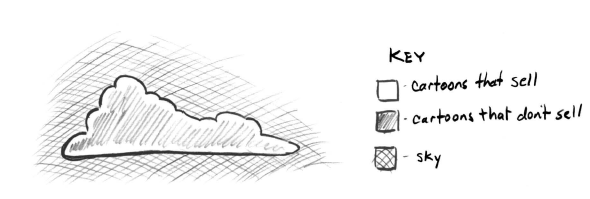
This book is a collection of cartoons that The New Yorker didnt buy. Not just mine. That would get old really quickly, and besides, Im not the only one who gets rejected. Its something that happens to all of us. Its just an unpleasant, unavoidable part of life, like Britney Spears or dying. This is a collection of the best rejects from thirty of my friends and colleaguesall New Yorker cartoonists, all persistently rejected.
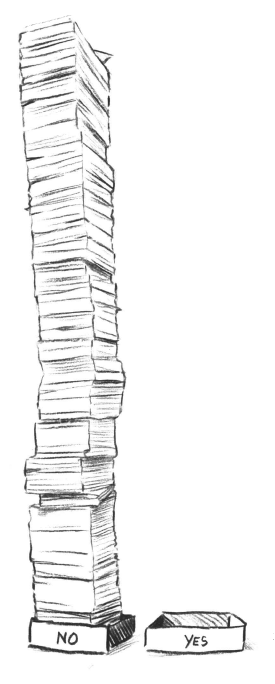
Now, why these cartoons have been rejected I cant say for sure. Id ask Bob, but hes too busy looking at this weeks cartoonsand maybe thats the best answer to the question. Sure, some of these cartoons are too racy, rude, or rowdy; some are too politically incorrect or too weird; a few are probably too dumb; but mostly, I think, theyre just too many. If The New Yorker bought all of these, there wouldnt be room for any of the writing, which is really good, Im told.
In each issue of The New Yorker, theres only room for something like fifteen to twenty cartoons, and there are around fifty regularly contributing cartoonists, who each bring in ten cartoons every week. Thats five hundred right there. And thats not counting the slush pile, which, if you dont know, is the colossal scrap heap of cartoons that come in from all over the world from unknown hopefuls, whose chances of being discovered are slim to none. (Nothing personal, Im just telling you how it is.)
So there are a lot of cartoons competing for those few spots in each weeks issue. Bob tells me he looks at more than a thousand cartoons each week. Yonkers, right? Im surprised he still loves cartoons as much as he does. Im surprised he likes them at all. It would be like eating nothing but sunflower seeds. Wouldnt you start to hate sunflower seeds? I sort of already do, just thinking about it. But I guess it isnt quite like sunflower seeds, because sunflower seeds are all the same, and cartoons arent. Sure, there are similarities and categories that emerge if youve seen enough of them, but theres still some variety. Guess its more like trail mix. The bulk of cartoon submissions to
Next page



